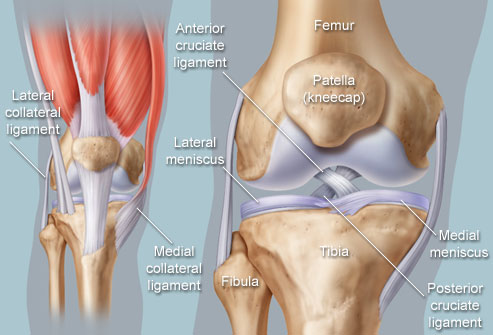The knee is a joint which connects the thighbone to the bones of the lower leg. It is the largest, most complex and most vulnerable joint of the human body. Dislocation of the patella is often caused by trauma such as a blow or a sudden change in direction when the leg is planted on the ground. It is a common injury in young people and tends to occur during sports or dancing. In normal circumstances the kneecap is located over the front of the knee. It glides up and down over a groove in the joint when the leg is bent or straightened, without making any noise or causing a popping sensation.
When the patella dislocates, however, it comes out of its groove and the supporting tissues can be stretched or torn, causing a lot of discomfort such as swelling and an inability to walk. Misalignment of the patella is a common cause of pain and instability of the knee joint.




